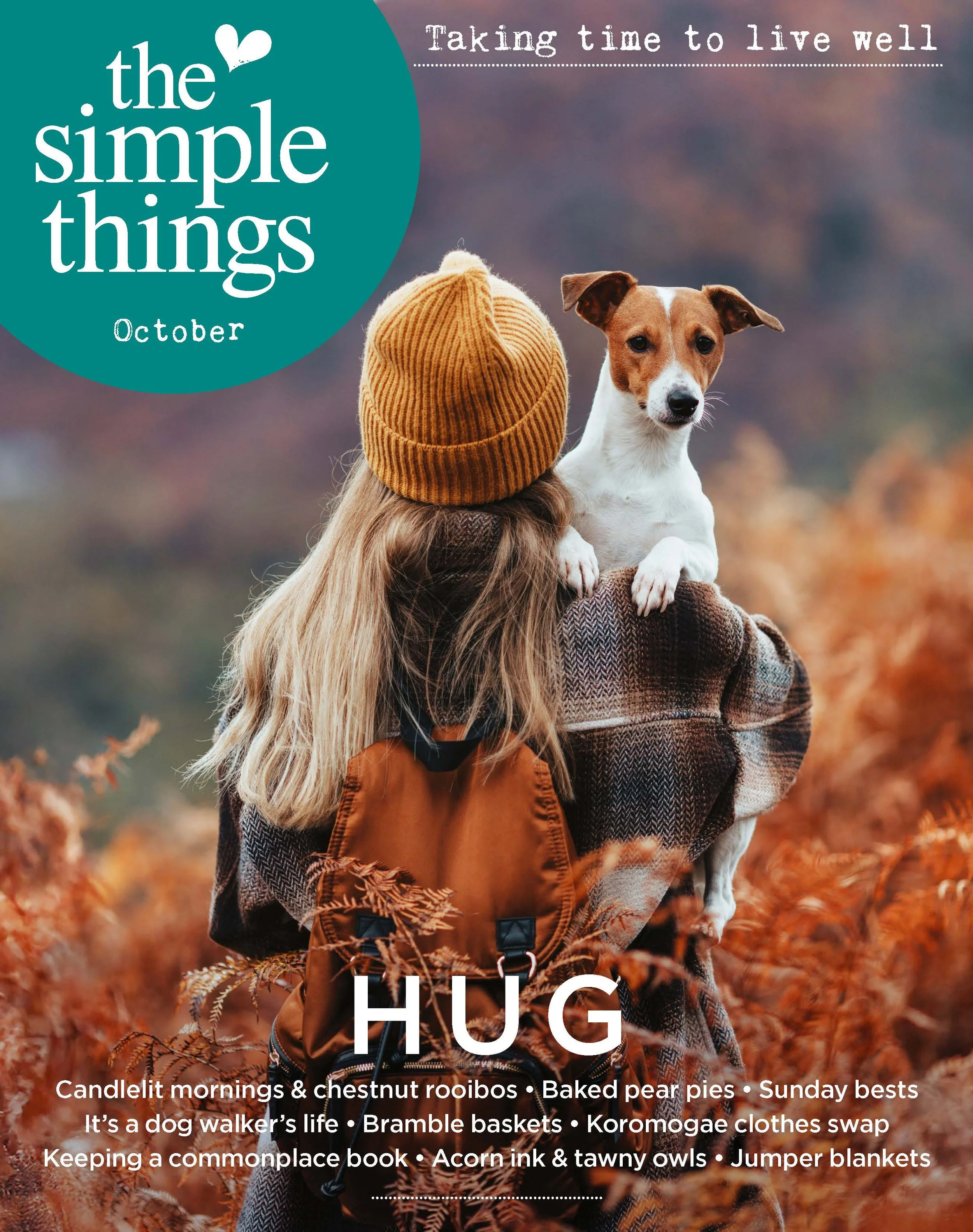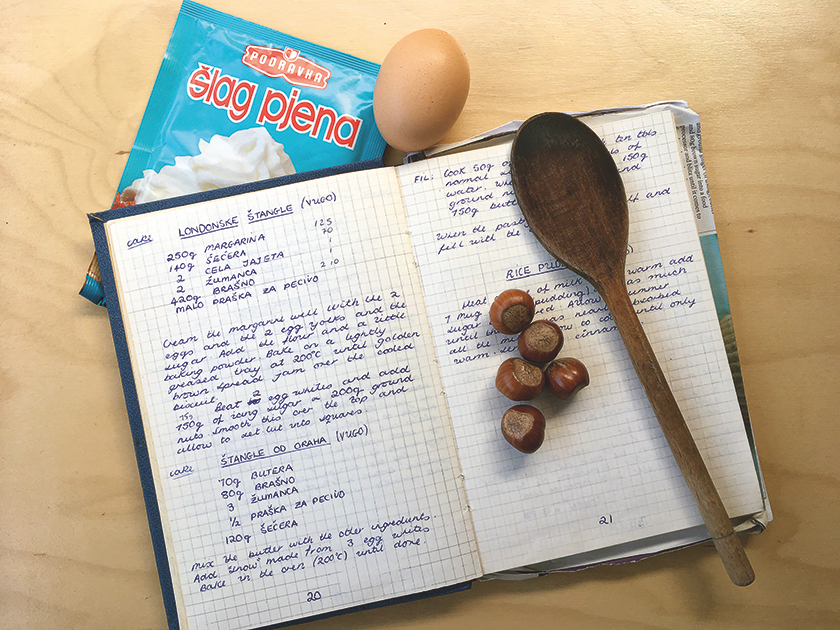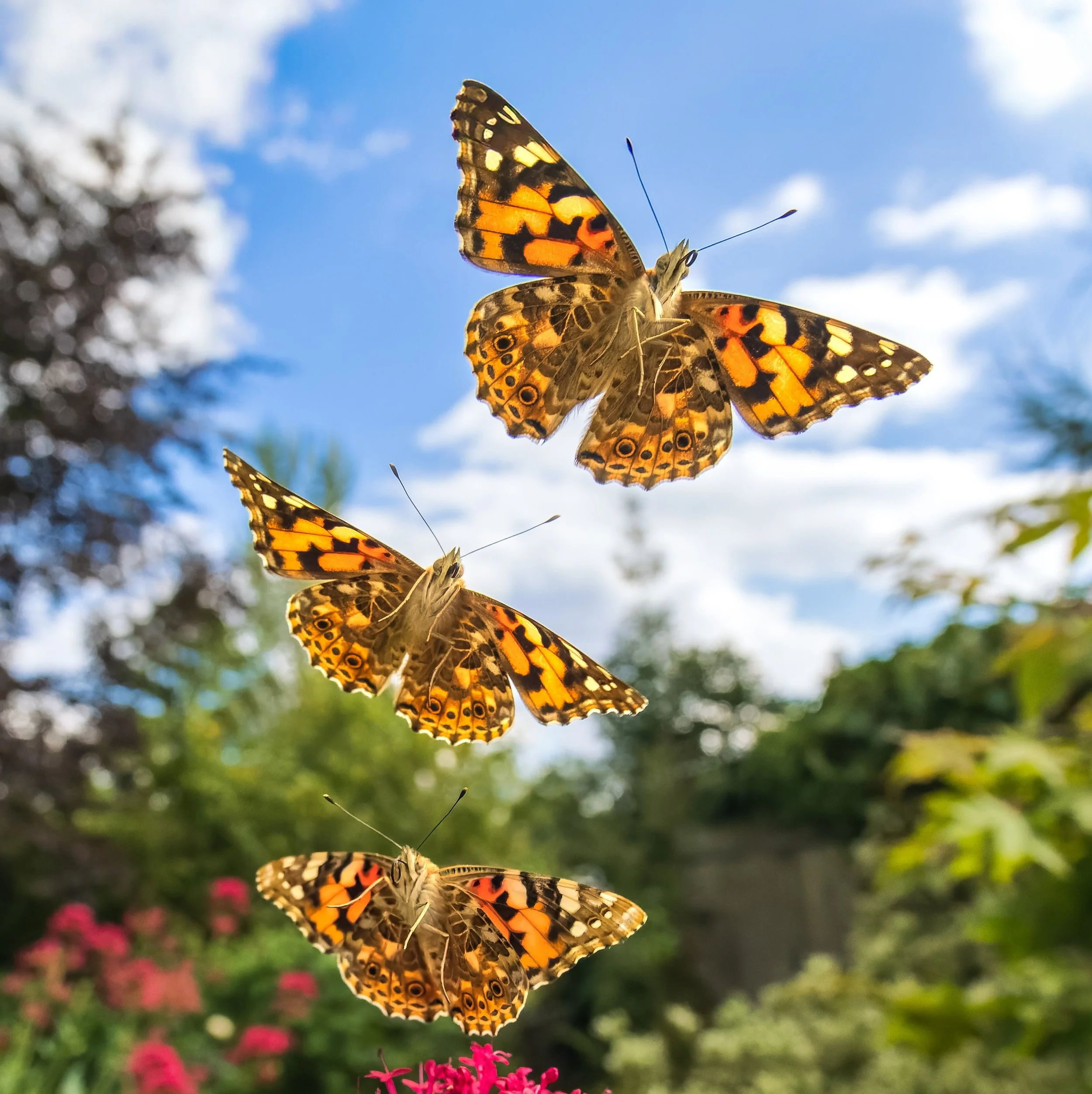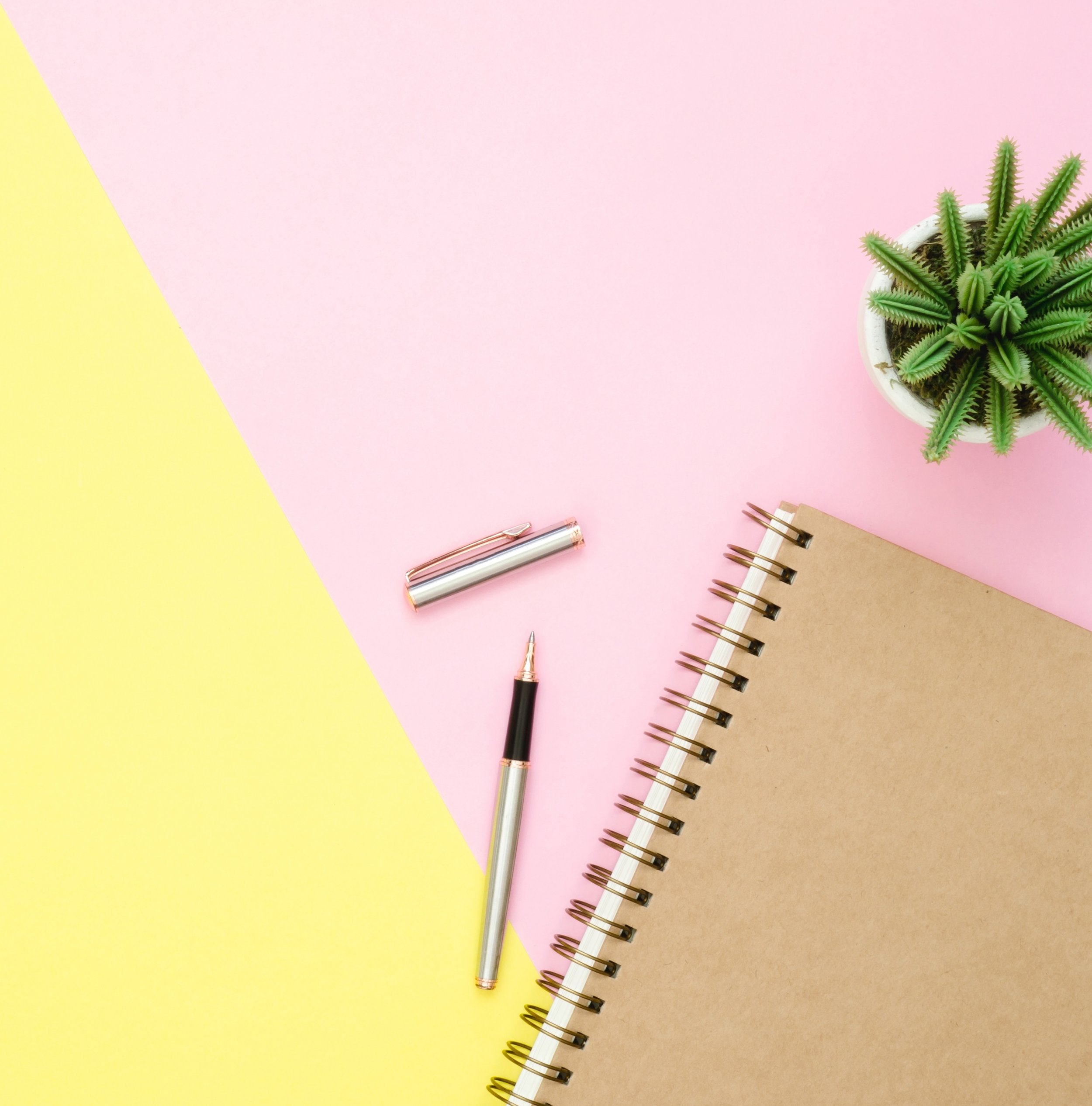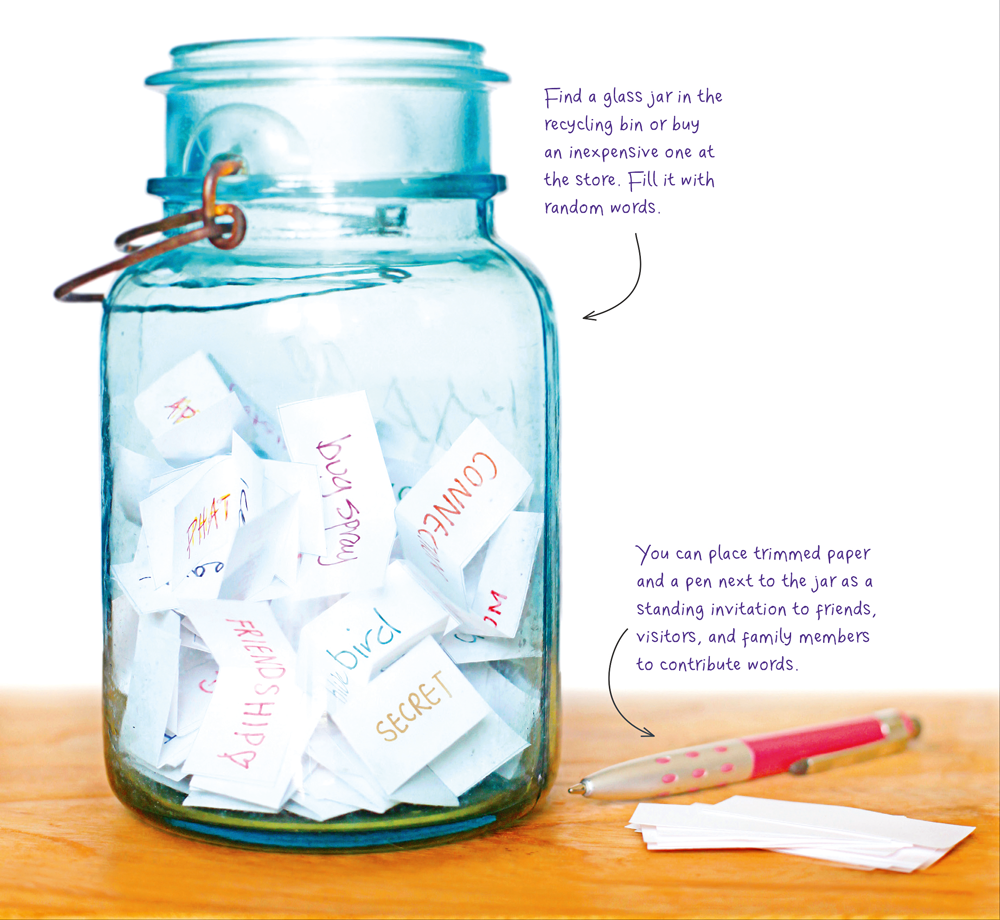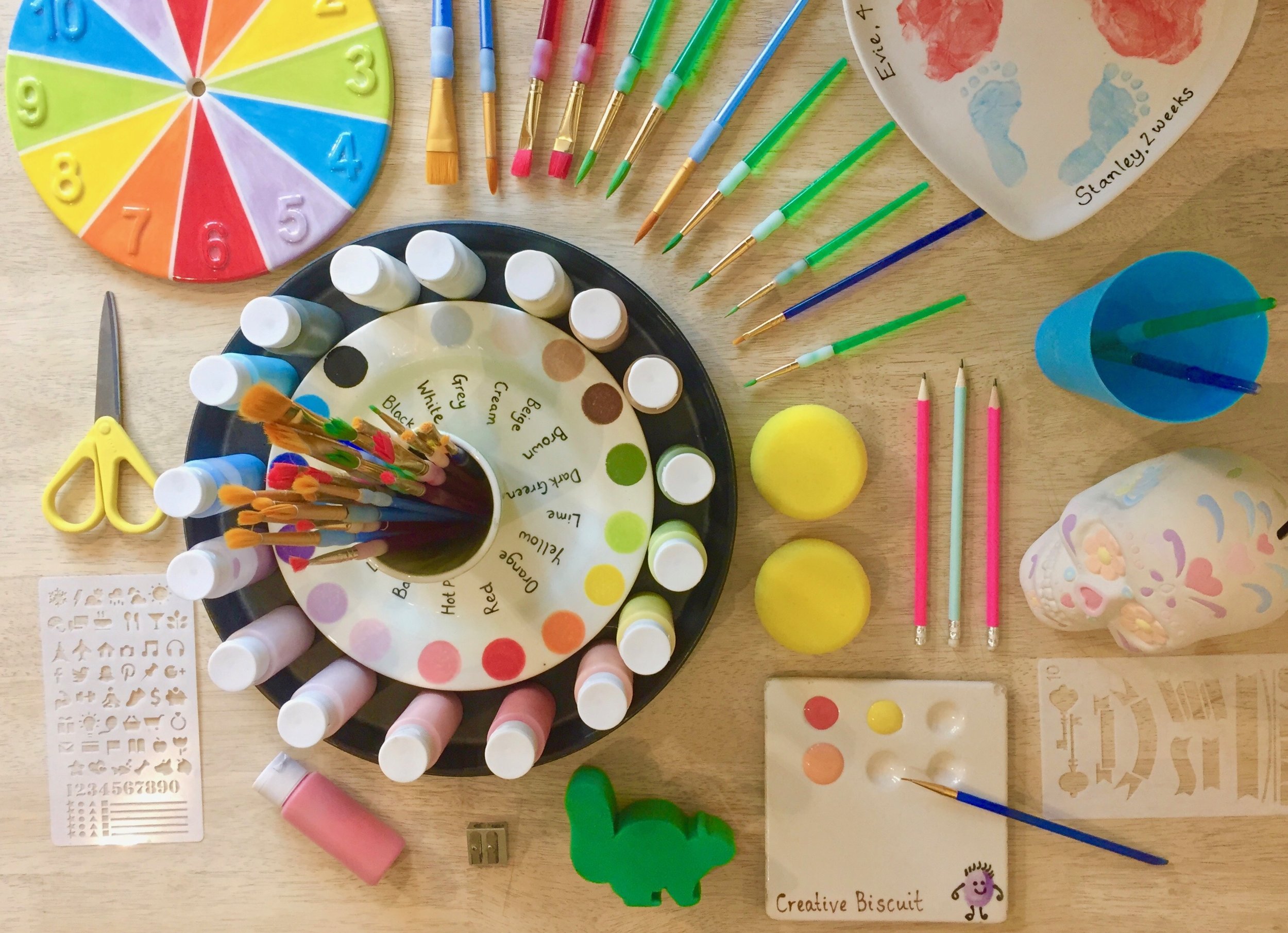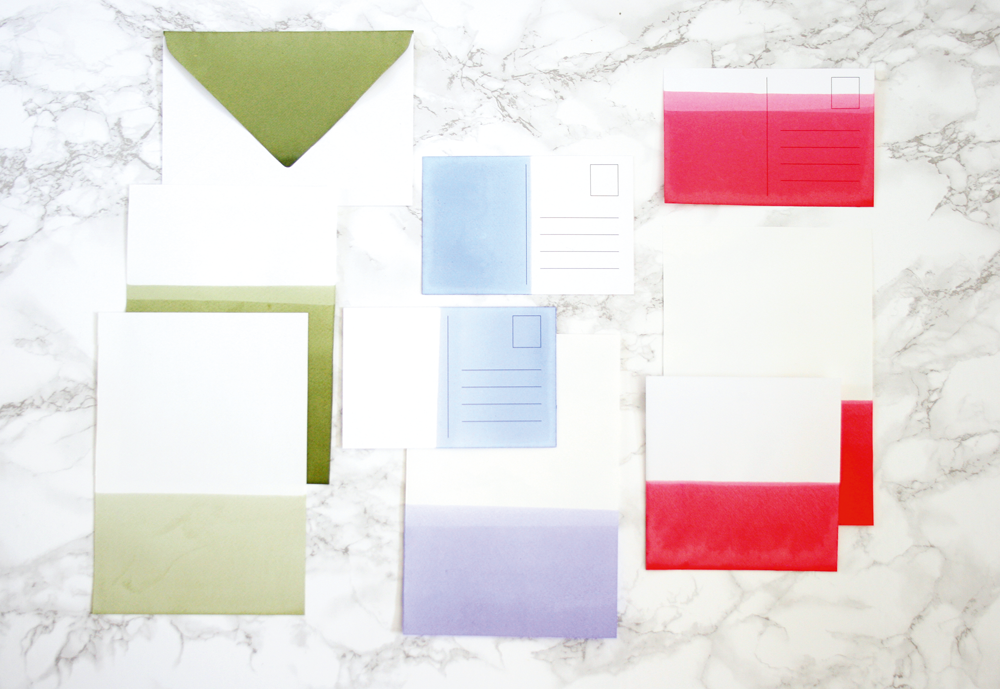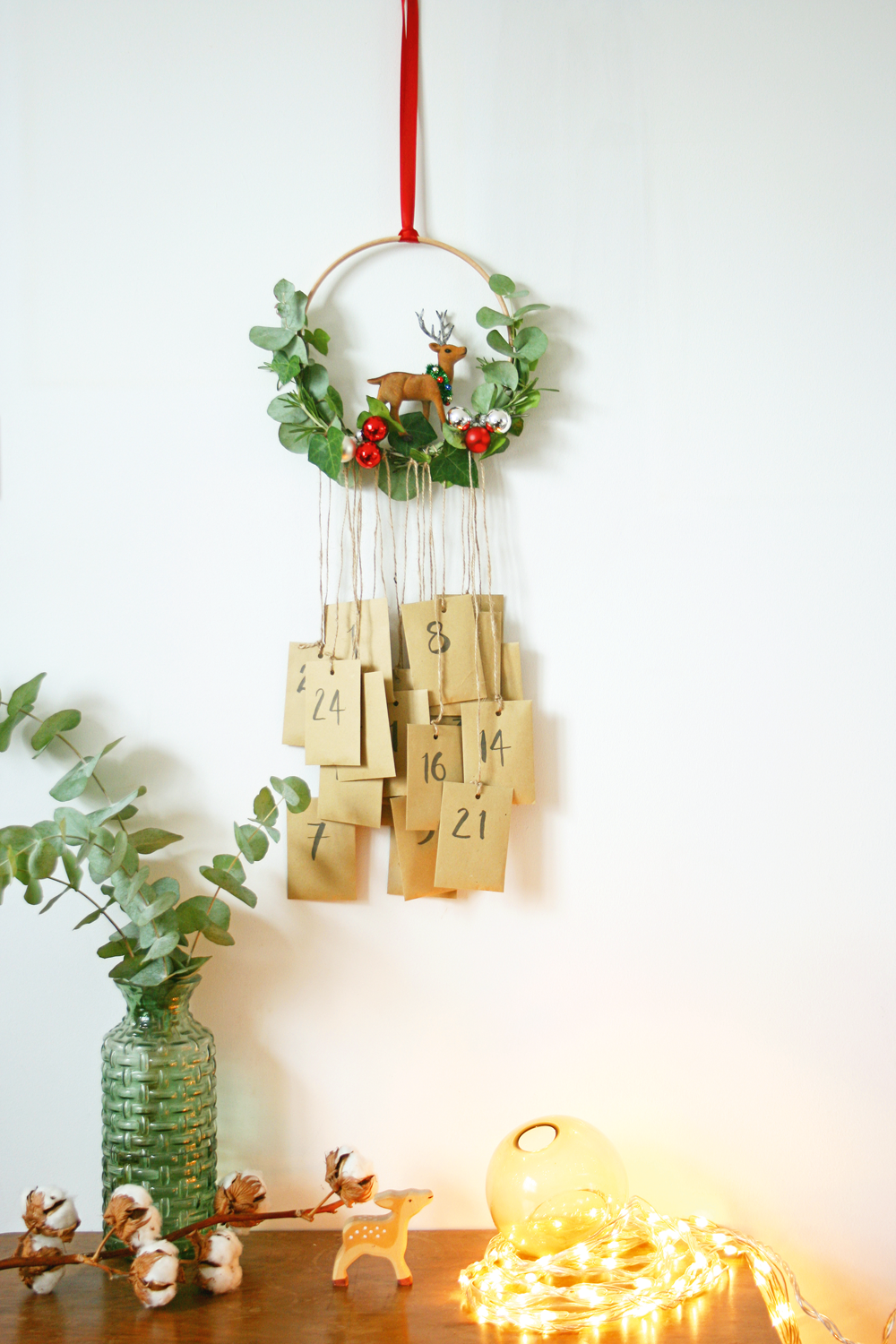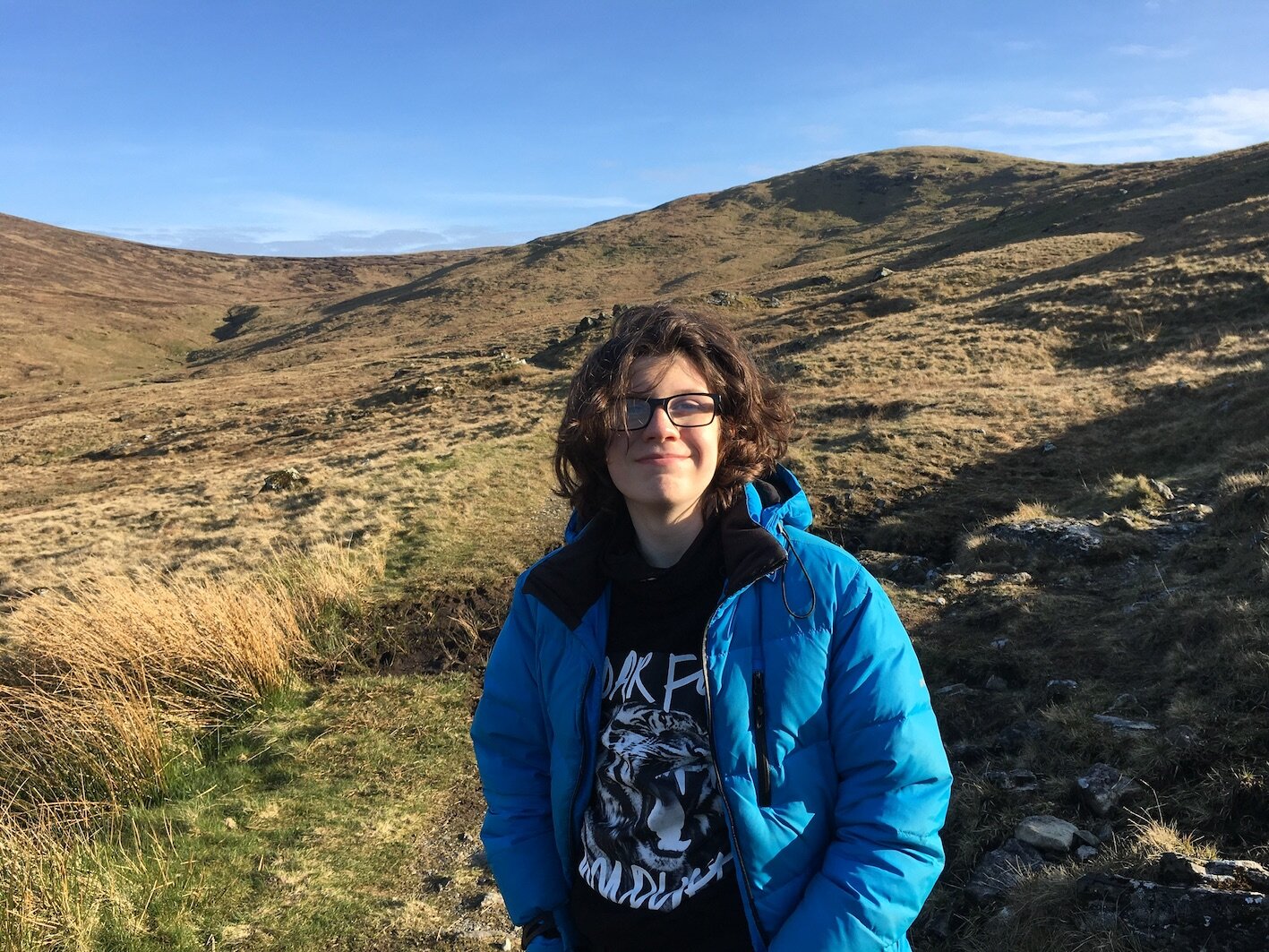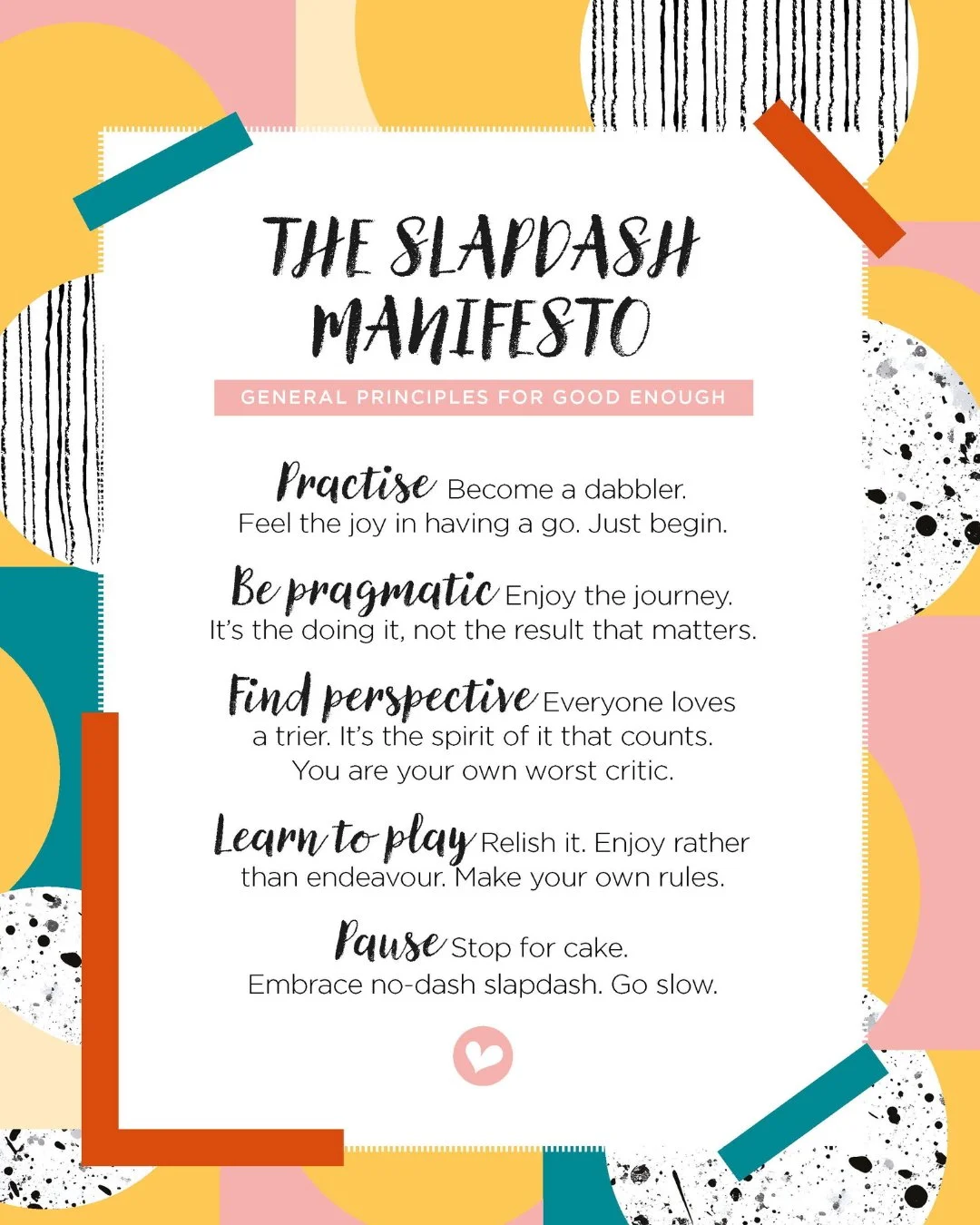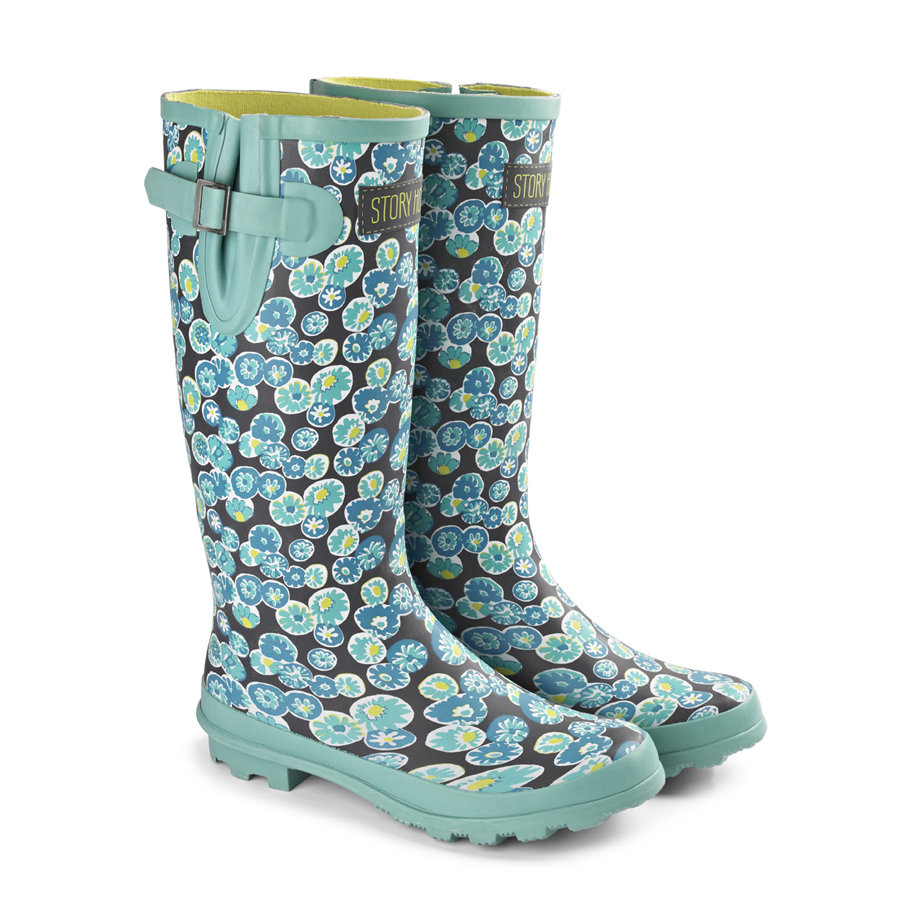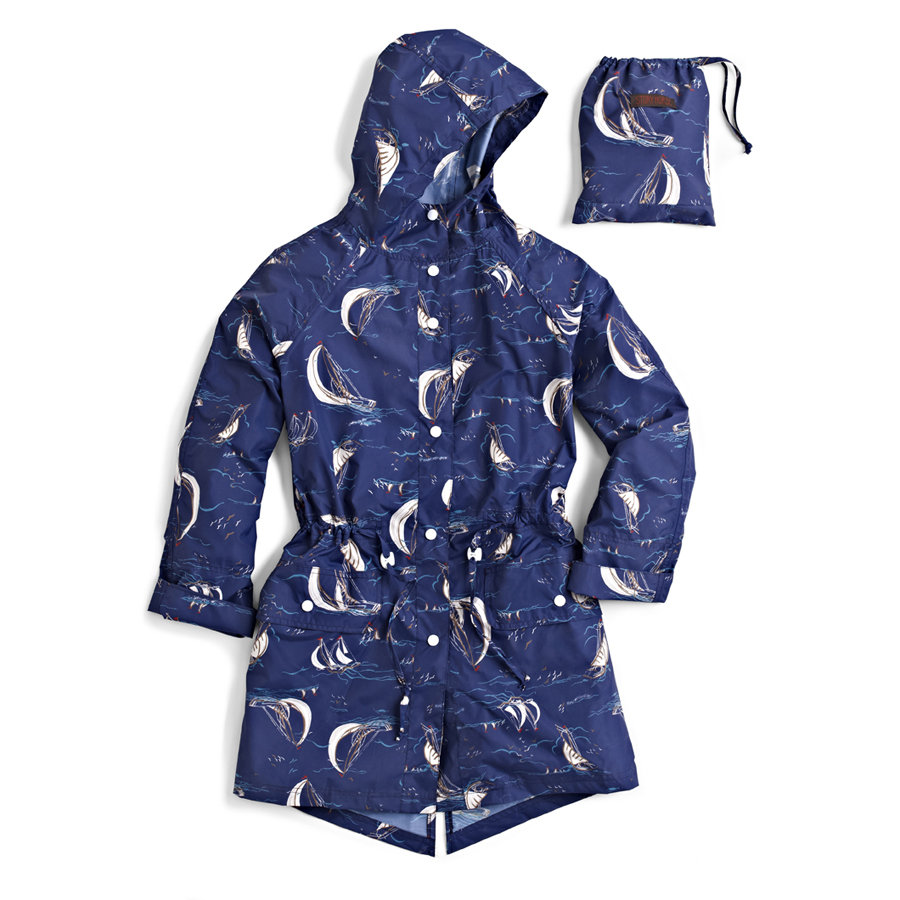The theme for our March issue of The Simple Things is HAPPY. Free with every issue - one of four Happiness patches (find out how to get yours). Meanwhile, here are a few everyday actions that can enrich your life
Be active
Climb a hill. Or go for a walk or run. Simply stepping outside will have a positive impact. Cycle. Play a game. Garden. Dance. Exercising makes you feel good, so discover which physical activity you most enjoy and that works for your level of fitness.
Connect
Gather friends. Spend time and share good food with those around you. Think of home, work and your local community as the cornerstones of your life and invest time in developing relationships there. These connections will support and enrich you every day.
Keep learning
Make a campfire. Try something new. Rediscover an old interest. Sign up for that course. Take on a different responsibility at work. Fix a bike. Learn to play an instrument or how to cook your favourite food. Set a challenge you will enjoy achieving. Learning new things is a confidence booster – and is fun.
Take notice
Watch clouds. Be curious. Catch sight of the beautiful. Remark on the unusual. Notice the changing seasons. Savour the moment, whether you are walking to work, eating lunch or talking to friends. Be aware of the world around you and what you are feeling. Reflecting on your experiences will help you appreciate what matters to you.
What makes you happy? Come over and tell us on Facebook or Twitter.
Plus - enter our competition! Design our fifth patch and you could win a VIP experience to The Good Life Festival 2018.


